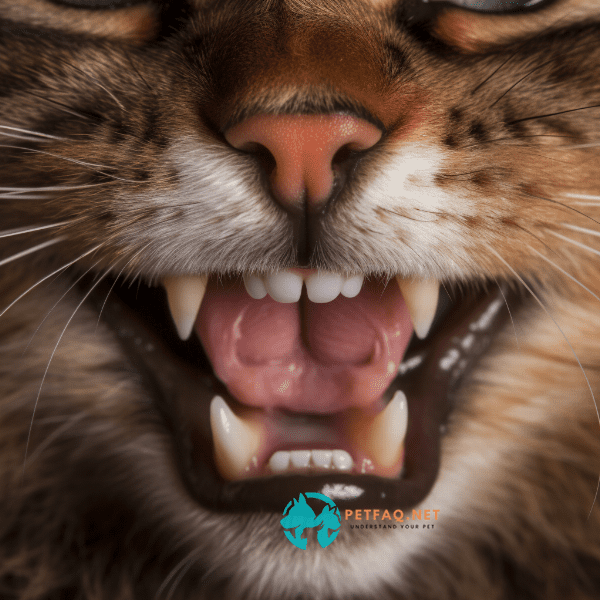Table of Contents
- The Importance of Feline Dental Care
- Understanding Your Cat’s Oral Health
- Benefits of Using a Cat Toothbrush
- Types of Cat Toothbrushes and Which One to Choose
- Step-by-Step Guide to Brushing Your Cat’s Teeth
- Tips and Tricks for Making Toothbrushing Easier
- Other Methods for Promoting Feline Dental Health
- Common Dental Problems in Cats and How to Prevent Them
- When to Seek Professional Dental Care for Your Cat
- Conclusion: Making Feline Dental Care a Priority
The Importance of Feline Dental Care
As a cat owner, you’re responsible for taking care of your feline companion’s overall health, and that includes their dental health. Dental problems are common in cats, and if left untreated, they can lead to serious health issues such as tooth loss, gum disease, and infections that can affect other parts of their body.
Maintaining Good Oral Health Can Improve Your Cat’s Quality of Life
Just like humans, cats need proper dental care to maintain good oral health. By regularly brushing your cat’s teeth with a Cat toothbrush, you can help prevent the buildup of plaque and tartar, which can lead to bad breath, tooth decay, and other dental issues. This will not only help your cat feel more comfortable and confident, but it can also improve their overall quality of life.
Poor Dental Health Can Lead to Serious Health Issues
When dental problems go untreated, they can lead to more serious health issues. For example, if your cat develops gum disease, the bacteria can enter their bloodstream and cause infections in other parts of their body such as their heart, liver, and kidneys. This can lead to a variety of health problems and even shorten your cat’s lifespan. By taking care of your cat’s dental health, you can help prevent these issues from arising.
Regular Check-Ups Are Essential for Maintaining Good Oral Health
Regular dental check-ups are an essential part of maintaining good oral health in cats. Your veterinarian can examine your cat’s teeth and gums to check for signs of dental problems such as tooth decay, gingivitis, and periodontal disease. They can also recommend the best cat toothbrush and dental care routine for your cat’s individual needs. By keeping up with regular check-ups, you can catch dental issues early and prevent them from getting worse.
In summary, maintaining good dental health is crucial for your cat’s overall health and well-being. By regularly brushing their teeth with a cat toothbrush, taking them for regular check-ups, and addressing any dental problems promptly, you can help your feline companion live a happier, healthier life.
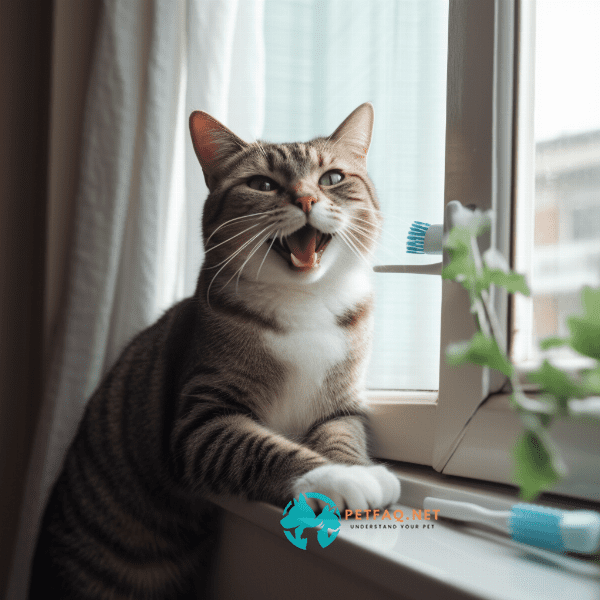
Understanding Your Cat’s Oral Health
To properly care for your cat’s dental health, it’s essential to understand their oral anatomy and the common dental issues they may face. By doing so, you can better recognize when your cat needs dental attention and take preventative measures to avoid dental problems.
The Anatomy of a Cat’s Mouth
A cat’s mouth contains many different structures, including their teeth, gums, tongue, and palate. Adult cats have 30 teeth, and their teeth are designed for cutting and tearing meat. Unlike humans, cats do not have flat molars for grinding food.
Common Dental Issues in Cats
Dental issues are common in cats and can be caused by a variety of factors such as genetics, diet, and age. Some of the most common dental problems in cats include:
- Plaque and Tartar Buildup: Plaque is a sticky film of bacteria that forms on the teeth. If not removed, it can harden into tartar, which can lead to gum disease and tooth decay.
- Gingivitis: This is a common condition in cats that causes inflammation of the gums. It can be caused by plaque and tartar buildup or by other factors such as viruses, bacteria, or poor nutrition.
- Tooth Decay: Just like humans, cats can experience tooth decay. This occurs when the enamel on the tooth is eroded by bacteria and acids.
- Periodontal Disease: This is a more severe form of gum disease that occurs when the tissue surrounding the tooth becomes infected. It can lead to tooth loss and other health problems if left untreated.
Preventing Dental Issues with a Cat Toothbrush
One of the best ways to prevent dental issues in cats is by regularly brushing their teeth with a cat toothbrush. This helps remove plaque and tartar buildup and can prevent gingivitis and other dental issues from developing. It’s important to use a toothbrush specifically designed for cats, as human toothbrushes can be too harsh and cause discomfort. In addition to brushing, providing your cat with dental treats and toys can also help promote good oral health.
In conclusion, understanding your cat’s oral health is essential for providing them with the best possible care. By recognizing common dental issues and taking preventative measures such as brushing their teeth with a cat toothbrush, you can help your feline companion maintain good dental health and avoid serious dental problems.
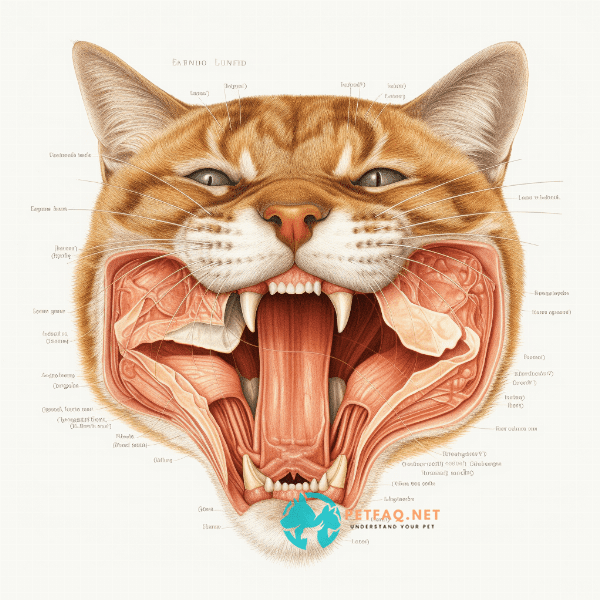
Benefits of Using a Cat Toothbrush
Regular brushing with a cat toothbrush is one of the best things you can do for your cat’s dental health. Not only does it help prevent dental issues such as plaque and tartar buildup, but it also provides a range of other benefits for your feline companion.
Fresher Breath
One of the most noticeable benefits of using a cat toothbrush is fresher breath. By removing bacteria and food particles from your cat’s teeth and gums, you can help eliminate bad breath and keep your cat’s mouth smelling fresh.
Prevents Dental Issues
Regular brushing with a cat toothbrush can help prevent dental issues such as gingivitis, tooth decay, and periodontal disease. These issues can cause discomfort and pain for your cat, and if left untreated, they can lead to more serious health issues.
Saves Money on Vet Bills
By taking preventative measures such as regular brushing with a cat toothbrush, you can save money on vet bills in the long run. Dental problems in cats can be expensive to treat, especially if they require extractions or other procedures.
Strengthens Your Bond with Your Cat
Brushing your cat’s teeth with a cat toothbrush can be a bonding experience for both you and your feline companion. By taking the time to care for your cat’s dental health, you can strengthen your bond and create a positive association with toothbrushing.
Promotes Overall Health
Good dental health is essential for overall health and wellbeing in cats. By using a cat toothbrush to maintain good oral health, you can help prevent health issues that can arise from poor dental hygiene, such as infections in other parts of the body.
In conclusion, using a cat toothbrush is a simple but effective way to improve your cat’s dental health and overall wellbeing. From fresher breath to preventing dental issues and strengthening your bond with your feline companion, the benefits of using a cat toothbrush are numerous.
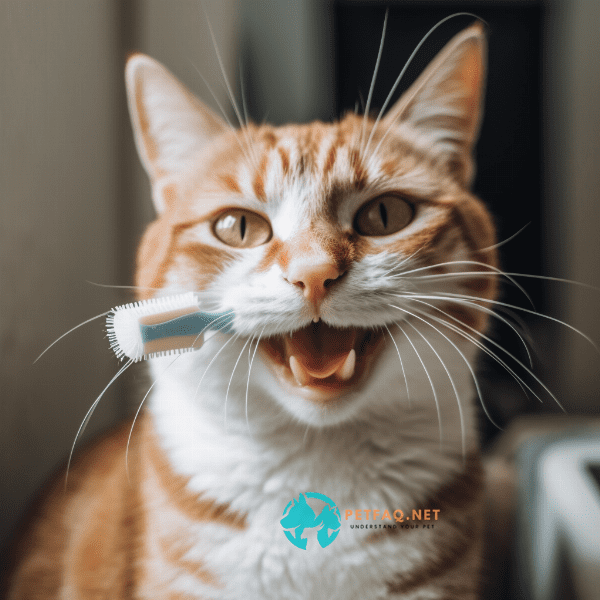
Types of Cat Toothbrushes and Which One to Choose
Choosing the right cat toothbrush can make a big difference in the effectiveness of your dental care routine. There are several types of cat toothbrushes available, each with their own unique features and benefits.
Finger Brushes
Finger brushes are small, rubber brushes that slip over your finger. They are a great option for cats who are new to toothbrushing, as they allow you to get your cat used to the sensation of having their teeth brushed before moving on to more traditional brushes. Finger brushes are also easy to use and can be more comfortable for cats with sensitive gums.
Traditional Toothbrushes
Traditional cat toothbrushes are similar to human toothbrushes but are designed specifically for cats. They have small, soft bristles and a small head that allows you to reach all areas of your cat’s mouth. Some cat toothbrushes have a double-ended design with a small brush on one end and a larger brush on the other, making it easier to clean different areas of your cat’s mouth.
Dental Wipes
Dental wipes are another option for cleaning your cat’s teeth. They are pre-moistened and can be used to wipe away food particles and bacteria from your cat’s teeth and gums. While they may not be as effective as toothbrushes, they can be a good option for cats who are resistant to having their teeth brushed.
Choosing the Right Cat Toothbrush
When choosing a cat toothbrush, it’s important to consider your cat’s individual needs and preferences. For example, if your cat is new to toothbrushing, a finger brush may be a good option to start with. If your cat has sensitive gums, a brush with softer bristles may be more comfortable for them. Additionally, if your cat is resistant to having their teeth brushed, dental wipes may be a good alternative.
In conclusion, choosing the right cat toothbrush is important for maintaining good dental health in your feline companion. By considering the different types of cat toothbrushes available and your cat’s individual needs, you can find the right brush to make toothbrushing a positive experience for both you and your cat.
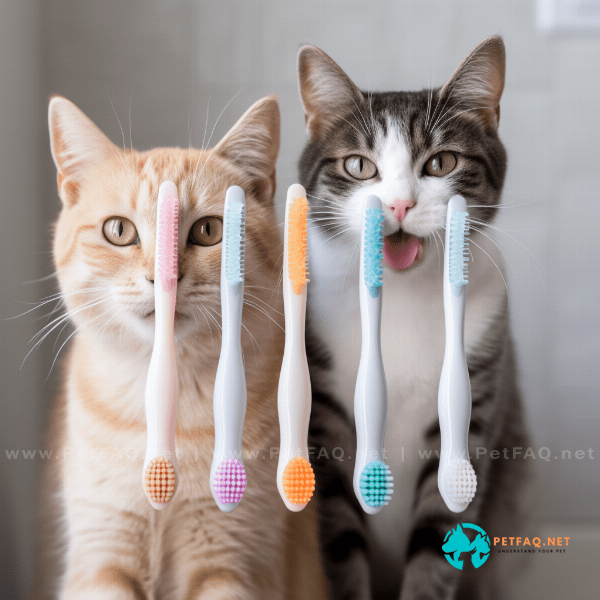
Step-by-Step Guide to Brushing Your Cat’s Teeth
Brushing your cat’s teeth with a cat toothbrush may seem like a daunting task, but with patience and practice, it can become a routine part of your cat’s dental care. Here’s a step-by-step guide to help you get started:
Step 1: Choose the Right Time and Place
Choose a quiet and calm environment to brush your cat’s teeth. It’s best to choose a time when your cat is relaxed and not too active, such as after a nap. You can also try brushing your cat’s teeth after playtime or a meal when they are more likely to be in a calm state.
Step 2: Get Your Cat Used to the Toothbrush
Before you start brushing, get your cat used to the toothbrush by letting them sniff and lick it. You can also try putting a small amount of toothpaste on your finger and letting your cat lick it off to get them used to the taste.
Step 3: Apply Toothpaste to the Brush
Apply a small amount of cat toothpaste to the brush. It’s important to use toothpaste specifically designed for cats, as human toothpaste can be harmful to them.
Step 4: Brush Your Cat’s Teeth
Gently hold your cat’s head and lift their lip to expose their teeth. Start by brushing the outside surfaces of their teeth in a circular motion, focusing on the back teeth where plaque and tartar tend to accumulate. Be gentle and use light pressure to avoid causing discomfort or pain.
Step 5: Reward Your Cat
After brushing, reward your cat with praise and a treat. This will help create a positive association with toothbrushing and make it easier in the future.
Step 6: Gradually Increase Brushing Time
Start with short brushing sessions and gradually increase the time as your cat gets used to the sensation. Aim to brush your cat’s teeth at least once a day to maintain good dental health.
In conclusion, brushing your cat’s teeth with a cat toothbrush is an important part of their dental care routine. By following these steps and being patient, you can help keep your cat’s teeth and gums healthy and prevent dental issues.
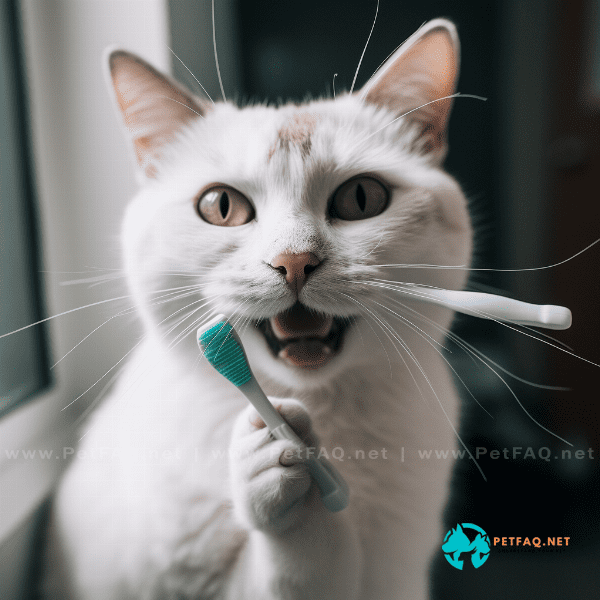
Tips and Tricks for Making Toothbrushing Easier
Brushing your cat’s teeth with a cat toothbrush can be challenging, especially if your feline companion is resistant to the idea. Here are some tips and tricks to make toothbrushing easier for both you and your cat:
Use Positive Reinforcement
Positive reinforcement is a powerful tool for encouraging good behavior in cats. Reward your cat with praise and treats after each brushing session to help create a positive association with toothbrushing.
Start Slowly
If your cat is new to toothbrushing, start slowly to get them used to the sensation. Begin by letting your cat sniff and lick the toothbrush before moving on to brushing their teeth for short periods of time.
Use Tasty Toothpaste
Cat toothpaste comes in a variety of flavors, such as chicken and fish, that can make toothbrushing more enjoyable for your cat. Try different flavors to find the one your cat likes best.
Choose the Right Time
Choose a time when your cat is relaxed and calm to brush their teeth. Avoid brushing their teeth when they are feeling anxious or agitated, as this can make the experience more stressful for both you and your cat.
Be Gentle
Use a gentle touch when brushing your cat’s teeth with a cat toothbrush. Apply light pressure and use a circular motion to avoid causing discomfort or pain.
Use Toys and Treats
Toys and treats can be a helpful tool for making toothbrushing easier. Chew toys and dental treats can help promote good oral health, while treats can be used as a reward after each brushing session.
Seek Professional Help
If your cat is resistant to toothbrushing or has dental issues that require professional attention, seek help from your veterinarian. They can provide advice and assistance on how to care for your cat’s dental health.
In conclusion, toothbrushing with a cat toothbrush can be a challenge, but with patience and persistence, it can become a routine part of your cat’s dental care. By using positive reinforcement, starting slowly, choosing the right time, being gentle, using toys and treats, and seeking professional help when needed, you can make toothbrushing easier for both you and your feline companion.

Other Methods for Promoting Feline Dental Health
While brushing your cat’s teeth with a cat toothbrush is an effective way to promote good dental health, there are other methods you can use to keep your cat’s teeth and gums healthy.
Dental Treats
Dental treats are a great way to promote good oral health in cats. They come in a variety of flavors and can help reduce plaque and tartar buildup on your cat’s teeth.
Chew Toys
Chew toys can also help promote good dental health in cats. They can help scrape away plaque and tartar buildup while also providing your cat with a fun and stimulating activity.
Water Additives
Water additives are a simple and effective way to promote good dental health in cats. They are added to your cat’s drinking water and can help reduce bacteria and plaque buildup in their mouth.
Regular Check-Ups
Regular check-ups with your veterinarian are essential for maintaining good dental health in cats. Your veterinarian can check your cat’s teeth and gums for signs of dental issues and provide advice on how to care for their dental health.
Prescription Diets
Prescription diets are specially formulated to promote good dental health in cats. They can help reduce plaque and tartar buildup and can be a good option for cats with dental issues.
In conclusion, there are many different methods you can use to promote good dental health in your cat beyond using a cat toothbrush. By incorporating dental treats, chew toys, water additives, regular check-ups, and prescription diets into your cat’s dental care routine, you can help keep their teeth and gums healthy and prevent dental issues from developing.
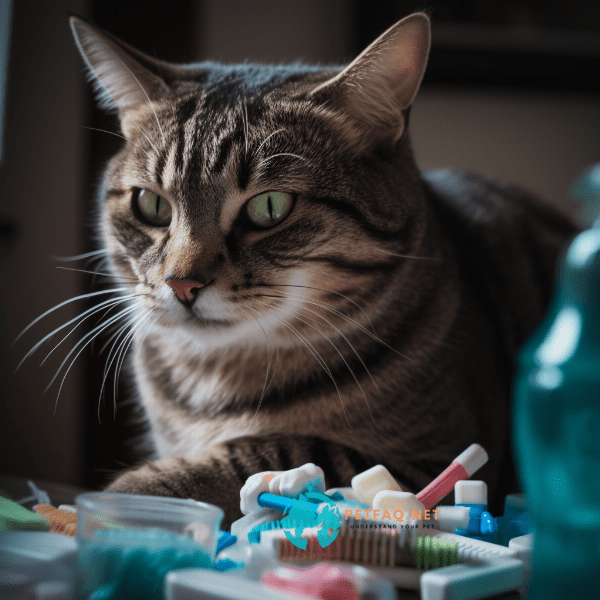
Common Dental Problems in Cats and How to Prevent Them
Dental problems are common in cats and can cause discomfort, pain, and other health issues if left untreated. Here are some of the most common dental problems in cats and how to prevent them:
Gingivitis
Gingivitis is an inflammation of the gums and is one of the most common dental problems in cats. It can be caused by a buildup of plaque and bacteria on the teeth and can lead to more serious dental issues if left untreated.
Periodontal Disease
Periodontal disease is a more serious form of gingivitis that can cause damage to the tissues and bones that support the teeth. It can lead to tooth loss and other health issues if left untreated.
Tooth Resorption
Tooth resorption is a painful dental condition that occurs when the tooth’s structure begins to break down. It can be caused by a variety of factors, including genetics and poor dental hygiene.
To prevent tooth resorption, it’s important to maintain good dental hygiene in your cat and schedule regular check-ups with your veterinarian. In some cases, treatment may be necessary to remove damaged teeth or tissues.
Feline Stomatitis
Feline stomatitis is a painful condition that causes inflammation of the mouth and can lead to tooth loss and other health issues. It’s often caused by an immune system reaction to bacteria in the mouth.
To prevent feline stomatitis, it’s important to maintain good dental hygiene in your cat and schedule regular check-ups with your veterinarian. Treatment may involve antibiotics, dental cleaning, and in some cases, tooth extraction.
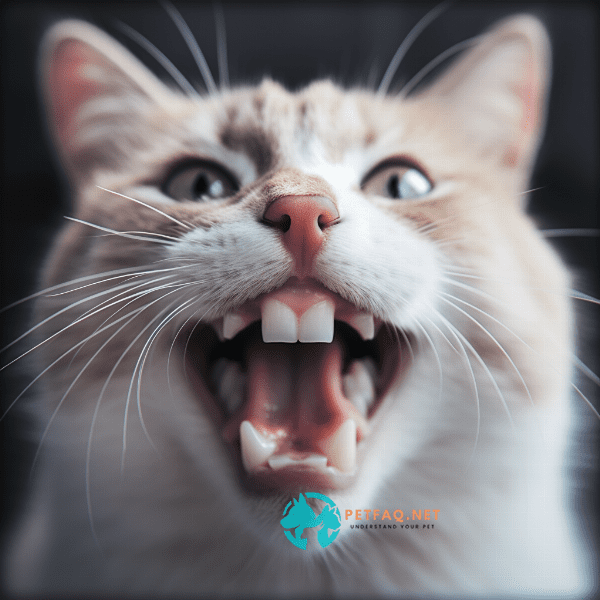
When to Seek Professional Dental Care for Your Cat
While regular dental care at home can help prevent dental problems in cats, there may be times when professional dental care is necessary. Here are some signs that it’s time to seek professional dental care for your cat:
Persistent Bad Breath
Persistent bad breath can be a sign of dental issues in cats, including gingivitis, periodontal disease, and tooth decay. If your cat’s breath smells consistently bad, it may be time to schedule a dental check-up with your veterinarian.
Difficulty Eating or Dropping Food
If your cat is having difficulty eating or is dropping food from their mouth, it may be a sign of dental pain or discomfort. This can be caused by dental issues such as broken or infected teeth or gum disease.
Bleeding or Swollen Gums
Bleeding or swollen gums can be a sign of gingivitis or periodontal disease. If you notice any bleeding or swelling in your cat’s gums, it’s important to seek professional dental care.
Loose or Missing Teeth
Loose or missing teeth can be a sign of dental issues in cats, including tooth decay, trauma, or periodontal disease. If you notice any loose or missing teeth in your cat’s mouth, it’s important to seek professional dental care.
Excessive Drooling
Excessive drooling can be a sign of dental pain or discomfort in cats. This can be caused by dental issues such as gum disease or tooth decay.
In conclusion, there are several signs that it’s time to seek professional dental care for your cat. If you notice persistent bad breath, difficulty eating or dropping food, bleeding or swollen gums, loose or missing teeth, or excessive drooling, it’s important to schedule a dental check-up with your veterinarian. By taking care of your cat’s dental health with a cat toothbrush and regular check-ups, you can help prevent dental issues and ensure your cat’s overall health and well-being.
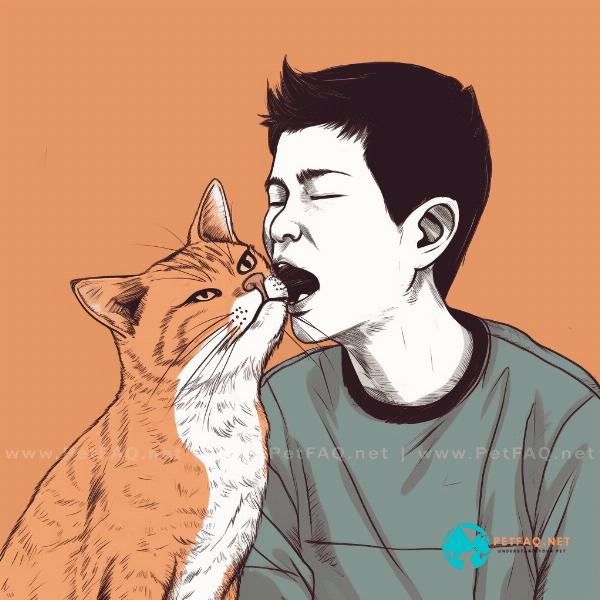
Conclusion: Making Feline Dental Care a Priority
Benefits of Feline Dental Care
There are several benefits of feline dental care, including:
- Prevention of dental issues such as gingivitis, periodontal disease, and tooth decay
- Reduced risk of other health issues such as kidney disease and heart disease
- Improved quality of life for your cat, including better breath, better appetite, and reduced pain and discomfort
Importance of Regular Dental Care
Regular dental care is essential for maintaining good dental health in cats. This includes brushing your cat’s teeth with a cat toothbrush, providing them with dental treats and toys, and scheduling regular check-ups with your veterinarian.
Taking Action Today
Taking action today to make feline dental care a priority can help prevent dental problems and ensure your cat’s overall health and well-being. By incorporating dental care into your cat’s daily routine and scheduling regular check-ups with your veterinarian, you can help keep your cat’s teeth and gums healthy and prevent dental issues from developing.
In conclusion, making feline dental care a priority is essential for maintaining your cat’s overall health and well-being. By using a cat toothbrush, providing dental treats and toys, scheduling regular check-ups with your veterinarian, and taking action today, you can help prevent dental problems and ensure your cat’s dental health for years to come.
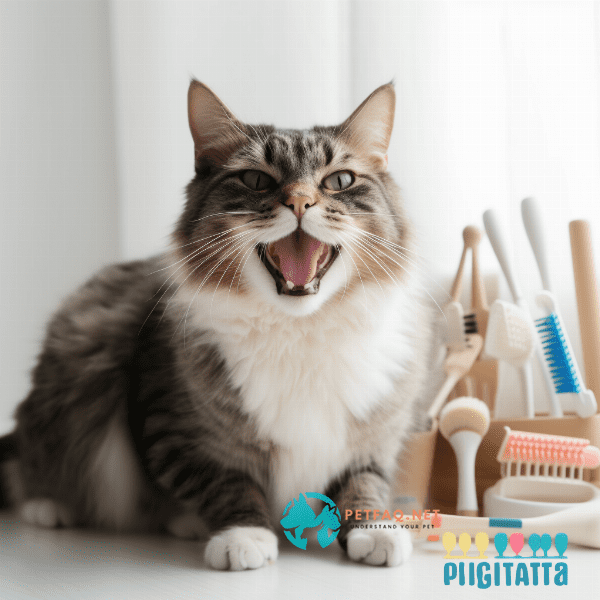
Frequently Asked Questions (FAQs) about Cat toothbrush:
1. How do you introduce toothbrushing to a cat?2. How do you brush a cat's teeth?
3. Can I use a human toothbrush for my cat?
4. What are the common dental problems in cats?
5. Choose the right toothbrush: Use a toothbrush designed specifically for cats. A soft-bristled toothbrush with a small head is ideal.


